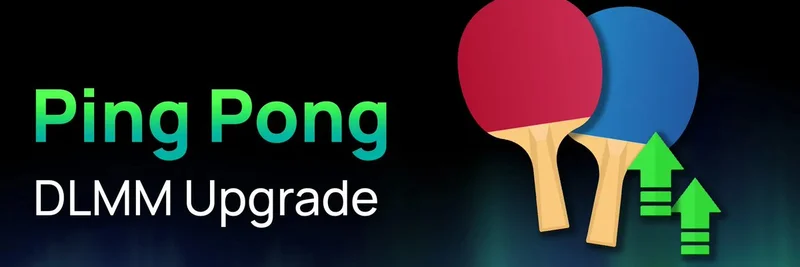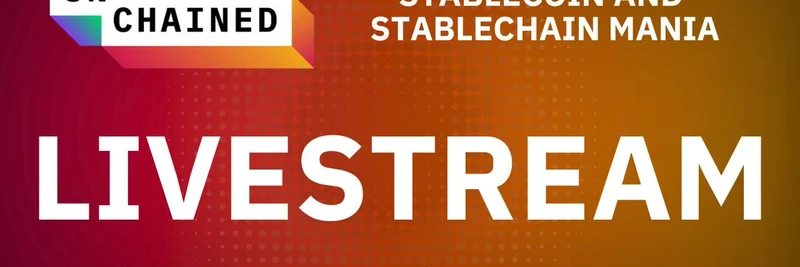Hey there, crypto enthusiasts! If you’ve been keeping an eye on the latest developments in the blockchain world, you’ve probably heard the buzz around Circle Payments Network (CPN) and its latest move. On July 30, 2025, Jeremy Allaire, the CEO of Circle, dropped a tweet that’s got everyone talking. He highlighted an exciting partnership with Yellow Card, bringing real-time Naira payouts to Nigeria via CPN. Let’s dive into what this means and why it’s a big deal!
What’s Happening with Circle and Yellow Card?
In his tweet, Jeremy Allaire (@jerallaire) shared some exciting news: CPN is now "getting wired into Nigeria and Naira" through a collaboration with Yellow Card. This partnership is a significant step toward integrating stablecoin payments into one of Africa’s largest economies. For those new to the term, stablecoins are cryptocurrencies like USDC (USD Coin) that are pegged to traditional currencies (like the US dollar) to reduce volatility—think of them as digital cash with a "parole officer" keeping them in check, as one humorous reply put it!
Yellow Card, a leading stablecoin payment infrastructure provider in Africa, is powering this expansion. The goal? To enable faster settlements and open up new opportunities for remittances, payroll, gig economy payments, and trade finance. Imagine sending money to family back home or paying workers instantly, all without the usual banking delays. That’s the kind of efficiency this partnership promises.
Why Nigeria?
Nigeria is a powerhouse in Africa, with a massive population and a growing digital economy. By integrating CPN with Naira payouts, Circle and Yellow Card are tapping into a market hungry for innovative financial solutions. The country has seen a surge in crypto adoption, partly due to challenges with traditional banking. This move could make stablecoin transactions more accessible, offering a seamless way to convert digital assets into local currency.
The Tech Behind the Scenes
So, how does this work? CPN leverages Circle’s trusted stablecoins, like USDC, to facilitate cross-border payments. These transactions happen almost instantly, 24/7, which is a game-changer compared to the slow pace of traditional banking systems. Yellow Card’s infrastructure then converts these stablecoins into Naira, making it easy for users to access their funds through local banks or mobile money platforms. It’s like plugging a high-speed internet connection into the financial world!
Reactions from the Community
The tweet sparked some fun and insightful responses. One user, @Jaye4Crypto, shared a meme of a cat with a circle in its mouth, playfully nodding to the "Circle" brand. Another, @cryptomange, posted a Batman meme with the caption "It’s my circle" vs. "It’s just a circle," poking fun at the branding. But not all feedback was lighthearted—@PulseChainDAI raised concerns about Yellow Card’s Trustpilot rating (1.8 stars) and issues like frozen accounts, suggesting $pDAI as a more reliable alternative. It’s a reminder that while the partnership is promising, it’s worth keeping an eye on execution and user experiences.
What This Means for Blockchain Practitioners
For those in the blockchain space, this development is a goldmine of opportunity. If you’re a developer, business owner, or investor, this could be the perfect time to explore how stablecoins can streamline operations in emerging markets. The use cases—remittances, payroll, trade finance—highlight the practical applications of blockchain technology beyond speculation. Plus, with CPN’s focus on financial institutions, we might see more banks and payment providers jumping on the stablecoin bandwagon.
Looking Ahead
This partnership is just the beginning. As Circle and Yellow Card expand their reach, we could see similar integrations in other African countries or beyond. It’s a step toward financial inclusion, where people in underserved regions can access global financial systems with ease. Keep an eye on meme-insider.com for more updates on how meme tokens and blockchain tech continue to shape the future!
What do you think about this move? Are you excited about the potential, or do you share the community’s concerns? Drop your thoughts in the comments—we’d love to hear from you!




